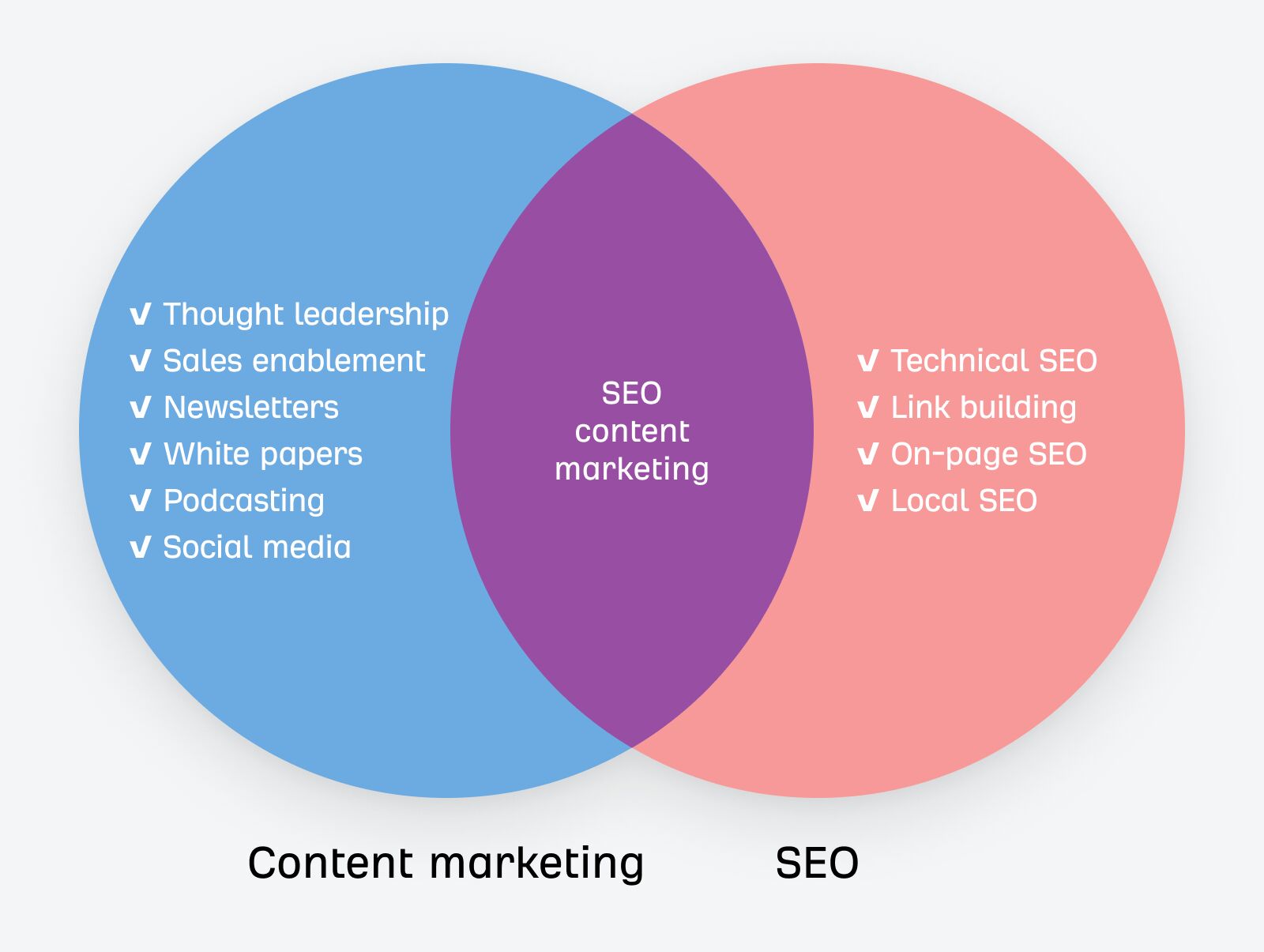We’re Experts In Print Production and Advertising.
According to Statista, digital advertising spending has increased by an average of 16.2% per year over the past 10 years. The total dollar amounts spent in each year of those ten years were as follows:
2010: $26.3 billion
2011: $31.0 billion
2012: $36.5 billion
2013: $42.8 billion
2014: $50.7 billion
2015: $59.6 billion
2016: $72.5 billion
2017: $88.3 billion
2018: $107.5 billion
2019: $129.3 billion
Intro:
Welcome business owners and marketing professionals, today we’re uncovering a story that will have a significant impact on your marketing strategies. With the rise of digital media and decline of print, the age-old question of whether print advertising is still a wise use of marketing budgets is being hotly debated.
Segment 1: Decline of print media
It was once a given that companies would allocate a significant portion of their marketing budget towards print advertising in magazines and newspapers. However, as digital media continues to grow, print advertising has seen a decline in recent years.
Segment 2: The rise of digital media
The world of advertising has been dramatically changed with the rise of digital media. With an increasing amount of time being spent online, companies have started to shift their focus to digital advertising, leveraging social media platforms and online search engines to reach their target audience. These changes have made digital advertising a more cost-effective option for companies.
Segment 3: The benefits of digital advertising
Why is digital advertising becoming a preferred choice over print advertising? Firstly, it offers more flexibility and customization. With digital advertising, you can target specific audience demographics, such as age, location, and interests, making it easier to reach your target audience and maximize your marketing budget. Furthermore, digital advertising provides real-time tracking and analysis, allowing you to monitor the performance of your ads and make adjustments as needed.
Segment 4: The future of advertising
Print advertising may have been a staple of marketing in the past, but the future of advertising is digital. Companies that do not adapt to the changes in the landscape risk being left behind. As technology continues to advance, digital advertising will become even more sophisticated and effective, making it the smart choice for companies looking to maximize their marketing budgets.
Conclusion:
And there you have it, the decline of print advertising and the rise of digital media. Print advertising may have been a mainstay in the past, but it is no longer the most profitable decision for companies looking to get the most out of their marketing budgets. Instead, digital advertising offers greater flexibility, targeting, and real-time tracking, making it the future of advertising.
Digital advertising in the United States – statistics & facts
Thanks to rising internet penetration rates and the ever-expanding popularity of digital platforms around the world, digital advertising has grown to become one of the most important forms of advertising. An estimated 616 billion U.S. dollars were projected to be spent on digital advertising worldwide in 2022, and this figure is forecast to increase at a rapid pace in the upcoming years. According to the latest projections, global digital advertising revenue will surpass one trillion billion U.S. dollars by 2027.
Overview of the U.S. market: digital first
The United States is the largest digital advertising market in the world, boasting the highest revenue in 2022. About eight out of 10 dollars invested in ads in the country were devoted to digital advertising. Internet advertising spending in the U.S. was projected to grow in the next few years, with sources expecting it to reach 200 billion U.S. dollars by 2025. Retail was the industry that invested the most in digital advertising in the country, accounting for 17 percent of the nation’s digital ad spending, while pharma and healthcare followed with around 11 percent of all digital ad spending.
Digital ad formats: top players boost the top format
Search advertising is the most profitable and most promising digital ad format in the U.S., accounting for roughly a third of all digital advertising revenue generated in the country. Considering that search advertising is one of the major income streams for digital advertisers, it is no surprise that Google, the leading search engine in the world, had by far the highest net digital ad revenue amongst digital publishers in the U.S., holding 28 percent of the pie. Heavy hitters Facebook and Amazon followed, with the latter’s share of national digital ad revenue being projected to gradually increase over the next few years.
Mobile advertising: the blue-eyed boy of U.S. advertisers
Smartphones became the chosen devices for digital advertisers in the United States in 2018, when mobile advertising spending outperformed desktop for the first time. Since then, the focus of advertisers on mobile has only increased. In 2022, mobile advertising was projected to account for 64 percent of total digital ad spend in the United States. The two most invested-in mobile ad formats were search advertising and video advertising, with the former attracting an ad spend of over 88 billion U.S. dollars and the latter accruing a spend of more than 81 billion. Advertisers have numerous reasons to prefer mobile devices to regular PCs, one of them being the lower penetration rate of ad blockers on smartphones and tablets.
Consumer attitudes: digital ads are a necessary evil
More than four out of 10 Americans said they were often annoyed by advertising on the internet, while 72 percent TV viewers said they were either indifferent or not comfortable with having ads aimed at them based on their personal preferences. The attitude towards ads appeared to be more lenient among U.S. podcast listeners, with almost seven out of 10 saying they would not mind a couple of minutes of extra ads per show – if it allowed the show to continue. When it came to the influence of social media advertising on the purchasing decisions of different age groups, Millennials were found to be the most receptive, followed by Gen Z.
Content Copyrights Belong to The Author. All Rights Reserved.
We're A Dallas Digital Marketing Agency That is Experts At Social Media Marketing, Website Design and Emarketing and Promotion.



